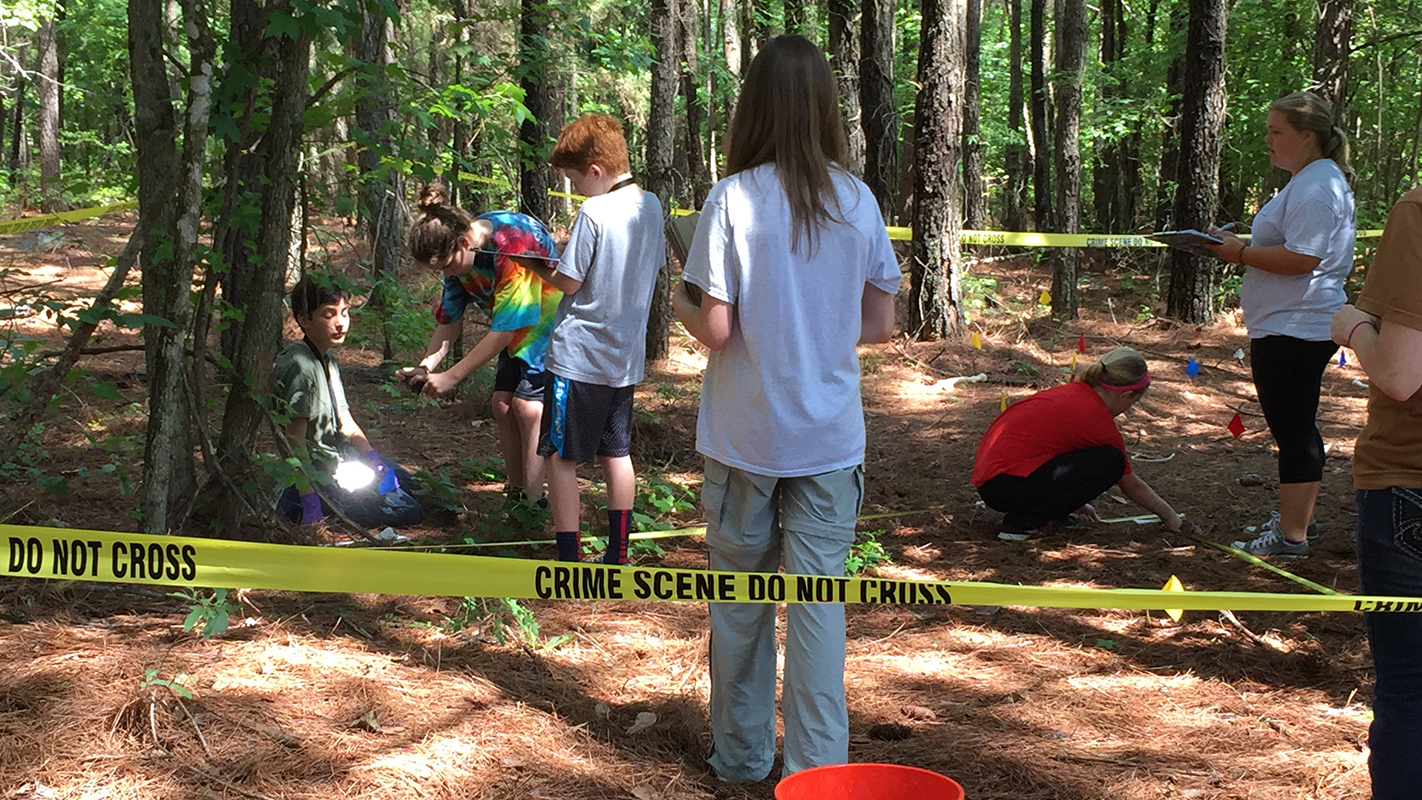Forensic Research on Modern Child Abuse Can Shed Light on Past Cultures

For Immediate Release
Biological anthropologists look at skeletal remains of past cultures to gain insight into how earlier peoples lived, and forensic anthropologists work with modern-day law enforcement to decipher skeletal evidence and solve crimes. Forensic experts at North Carolina State University have now published guidance on how research into modern-day forensic analysis of child-abuse victims can be used to shed light on how children of earlier cultures were treated.
“Unfortunately, we have a lot of experience in studying the skeletal remains of children in criminal investigations to determine how they were treated and how they died,” says Ann Ross, a professor of anthropology at NC State and lead author of a paper describing the work. “We can use what we’ve learned in modern populations to provide insight into the behavior of historic and prehistoric populations – particularly in regard to child labor, child abuse and child murder.”
The skeletons of children are vastly different from those of adults; they’re not just smaller. In their paper, the researchers draw on decades of research to explain how the biomechanics and healing of child skeletons change, depending on the child’s age.
The researchers pay particular attention to how anthropologists can differentiate between accidental and intentional injuries in children.
“For example, some combinations of injuries are highly indicative of abuse, such as multiple rib fractures at different stages of healing,” Ross says. “That’s a red flag.”
The researchers also include a modern-day case study as an example of how difficult it can be to interpret the skeletal evidence. In this case, what first looked like a case of physical abuse turned out to be a case of child neglect – with some of the skeletal abnormalities being caused by rickets and scurvy.
“This sort of neglect, or absence of care, is still abuse,” Ross says. “But it’s important, in a criminal context, for us to understand what happened. It’s also important for us to understand these differences if we want to learn more about the behavior of earlier societies and cultures.
“Our goal here is to give biological anthropologists clinical methods to help them interpret skeletal remains based on the best scientific data.”
The paper, “Skeletal and Radiological Manifestations of Child Abuse: Implications for Study in past Populations,” is published in the journal Clinical Anatomy. An unedited version of the paper was made available online Dec. 28. The paper was co-authored by Chelsey Juarez, an assistant professor of anthropology at NC State.
-shipman-
Note to Editors: The study abstract follows.
“Skeletal and Radiological Manifestations of Child Abuse: Implications for Study in past Populations”
Authors: Ann H. Ross and Chelsey A. Juarez, North Carolina State University
Published: Dec. 28, 2015, Clinical Anatomy
DOI: 10.1002/ca.22683
Abstract: Child abuse in its various types such as physical, emotional, sexual, and neglect has been document throughout history. However, before the mid-twentieth century, inflicted injuries to children was overlooked in part because children were often viewed as property. According to the World Health Organization, 57,000 children were the victims of homicide in the year 2000. In this paper we present the skeletal and radiological manifestation of physical abuse and fatal neglect and provide recommendations to assess child maltreatment from past populations. Pediatric biomechanical factors and healing are discussed as it is important to keep in mind that children are not just small adults. Skeletal and radiological indicators of non-accidental or inflicted injuries are reviewed from the literature. Inflicted injuries are presented based on specificity to identify child abuse. In addition, skeletal indicators that could help assess fatal starvation are also reviewed and metabolic diseases are proposed as potential evidence of neglect. A recent child homicide is presented and used to illustrate the difficulty in assessing child maltreatment. Present-day clinical child abuse protocols are used to provide recommendations to assess child abuse in a bioarchaeological context.
- Categories:


